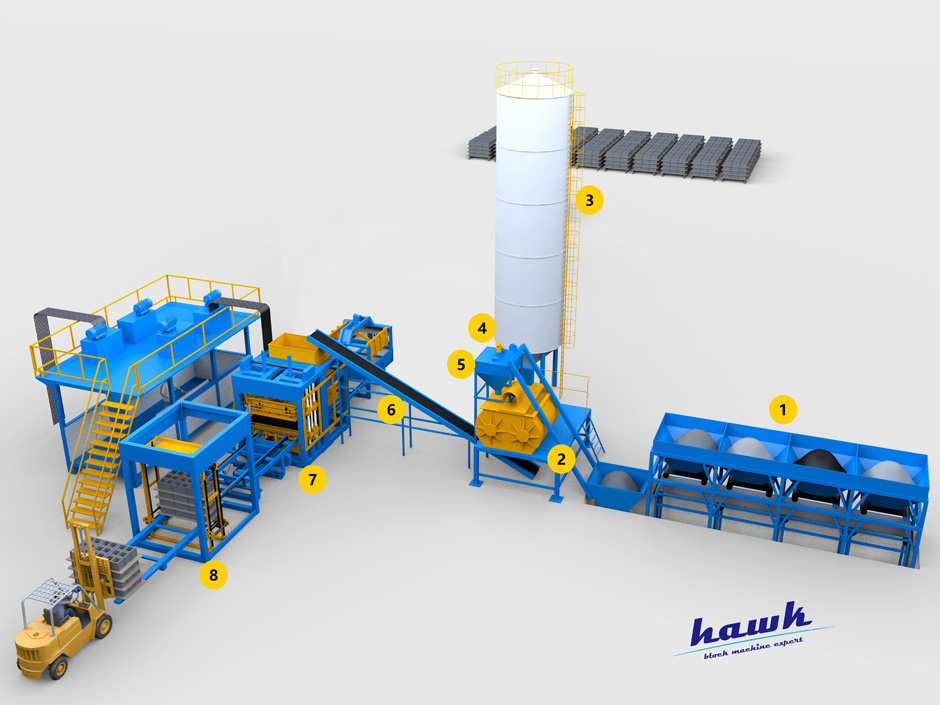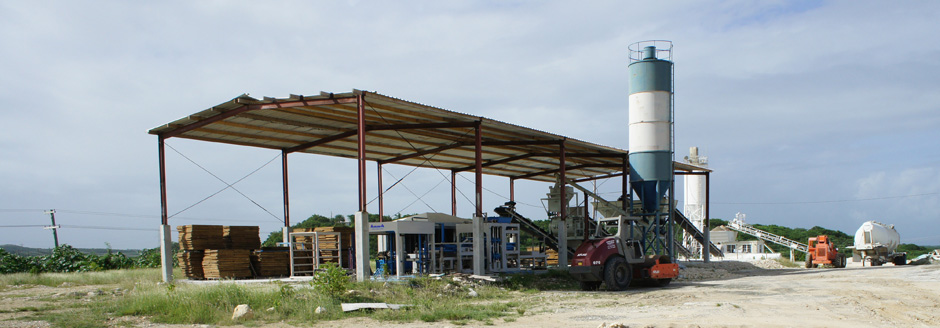Sand processing and storage
Aerated concrete is made from the raw materials silica sand, lime, cement, gypsum (anhydrite), aluminium powder/paste, and water.
The precisely measured raw sand and the required quantity of water are fed into the wet ball mill where the raw sand is processed into sand slurry. The consistency of the sand slurry is defined exactly in terms of sand slurry density and grinding fineness. The throughput of the mill is adapted to the production capacity of the AAC factory in respect of the required maximum density of the aerated concrete. The milling process itself is carried out by means of grinding bodies (Cylpebs or steel balls).
After the grinding process, the sand slurry is pumped into sand slurry tanks for storage. Integrated stirrers serve to maintain the optimum consistency.

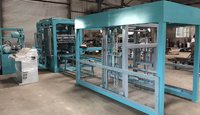 Hawk multi-functional block machine is designed to meet the mass and stable production of a variety of blocks by changing the different molds. This contains the production of bricks, pavers, hollow blocks, kerbstones etc. With humanized designed aviation plugs for connection and automatic control system, the machine is extremely easy to use for everybody
Hawk multi-functional block machine is designed to meet the mass and stable production of a variety of blocks by changing the different molds. This contains the production of bricks, pavers, hollow blocks, kerbstones etc. With humanized designed aviation plugs for connection and automatic control system, the machine is extremely easy to use for everybody
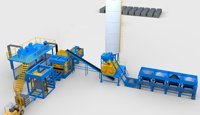 Selected by more than 95% customers, with success experiences for more than 1000 plants in more than 60 countries. Basic block making plant is the typical way to build a factory, with all standard parts.
Selected by more than 95% customers, with success experiences for more than 1000 plants in more than 60 countries. Basic block making plant is the typical way to build a factory, with all standard parts.
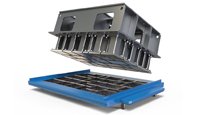 Standard products or tailor made? As you wish.
Standard products or tailor made? As you wish.
